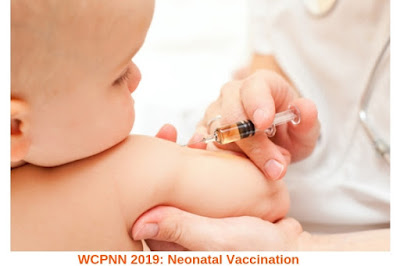About Conference
We stretch out a warm welcome to our World Congress on Pediatric & Neonatal Nursing to be held from June 25-26, 2020 at Bali, Indonesia.
WCPNN 2020 aims to gather leading educational scientists, researchers and research students to exchange & share their experiences and research results about all aspects of Pediatrics & Neonatal Nursing.
We invite all the Pediatricians, Neonatologists, Pediatric Surgeons, Nursing practitioners, Pediatric Urologists, researchers, Professors, Associate Professors in the field of, Pediatric, Neonatal Nursing, Nephrology, Gastroenterology, Endocrinology, Child Abuse, Diabetes, Pediatric Cardiology people who believe in Medicines to explore their research, case studies and practitioners of Pediatric medicine at WCPNN 2020 in Bali, Indonesia.
The conference proceedings include symposiums and workshops, keynote speeches, plenary talks, poster sessions and panel discussion on the latest research developments in the field of Pediatric and Neonatal Nursing.
This universal meet suspects many representatives including worldwide keynote addresses and oral presentations by eminent speakers and notice presentations by understudies, Medicinal Practices Exhibitions and delegates all around the globe which will make a stage for the worldwide development of sheltered and viable common treatments. It gives global systems administration and chances to joint efforts with overall organizations and businesses.
WCPNN 2020 main slogan is to address the challenges in making a safer, sustainable and affordable system for medication, and health through combining the underpinning Medicine Practices research platforms. WCPNN 2020 conference prepares a ground for seeding new concepts and nurturing knowledge through discussions and analysis on Pediatrics & Neonatal Nursing Practices developments.
This conference mainly focuses on the latest and exciting revolutions in every area of Pediatrics research, and it will offer a unique opportunity for investigators from all over the world to meet, network, and perceive new scientific interactions around the theme “Accelarating Advancements & new Innovations in Pediatric Nursing Care".
Conference Highlights
Special Issues
- All accepted abstracts will be published in respective Supporting International Journals.
- Abstracts will be provided with Digital Object Identifier by Cross Ref.
See more at:-https://pediatric.nursingmeetings.com/









